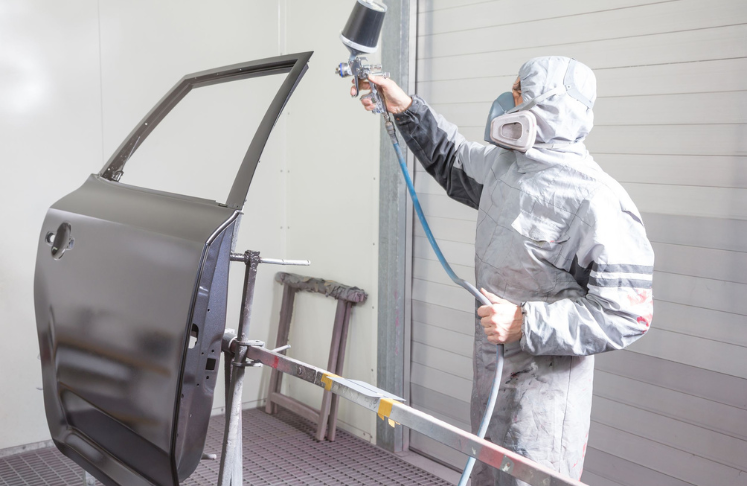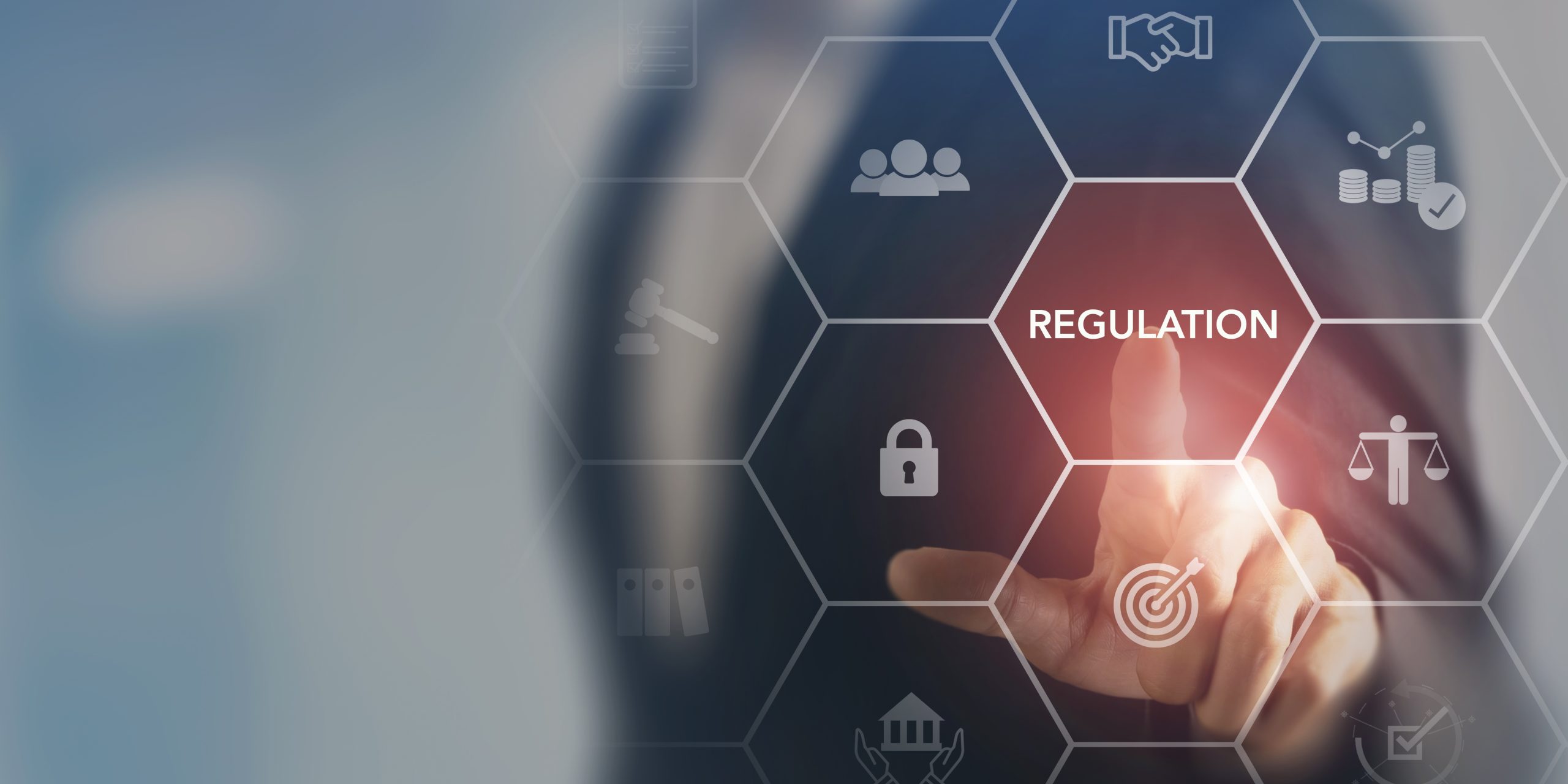In the intricate world of Quantum Compliance, two critical processes stand out: Inspection and Audit. These processes are not just routine tasks; they are the backbone of effective compliance management. In this blog, we’ll explore the vital roles of inspection and audit in Quantum Compliance, and how mastering these processes can significantly enhance an organization’s compliance posture.
The Integral Role of Inspection and Audit in Quantum Compliance
At the heart of Quantum Compliance lies the duo of inspection and audit. Inspection is the process of systematically examining a company’s operations, while audit involves a more in-depth evaluation of compliance with internal or external standards. Together, inspection and audit form the cornerstone of Quantum Compliance, ensuring that organizations not only meet but exceed compliance requirements.
Navigating the Inspection Process in Quantum Compliance
Inspection, in the realm of Quantum Compliance, is a critical first step. It involves a thorough review of processes, practices, and procedures. The primary goal of inspection in Quantum Compliance is to identify potential compliance issues before they escalate. Regular inspection helps organizations maintain a constant state of readiness for any external audits and compliance reviews.
The Depth of Audit in Quantum Compliance
While inspection is about regular checks, audit in Quantum Compliance is a more comprehensive process. Audit delves deeper into an organization’s compliance framework, assessing the effectiveness of implemented policies and procedures. In Quantum Compliance, an audit is not just about ticking boxes; it’s about understanding the nuances of compliance in the context of the organization’s specific operations.
Tools and Techniques for Effective Inspection and Audit in Quantum Compliance
To conduct effective inspection and audit in Quantum Compliance, organizations need to equip themselves with the right tools. This includes compliance management software that can streamline the inspection and audit processes, providing real-time insights and comprehensive reports. Additionally, employing risk assessment methodologies during both inspection and audit can significantly enhance the effectiveness of these processes in Quantum Compliance.
Best Practices for Inspection and Audit in Quantum Compliance
Effective inspection and audit in Quantum Compliance hinge on several best practices:
- Regular Scheduling: Regularly scheduled inspections and audits ensure ongoing compliance and help in early identification of potential issues.
- Comprehensive Planning: Detailed planning for both inspection and audit processes ensures thorough coverage of all compliance aspects in Quantum Compliance.
- Skilled Personnel: Having knowledgeable and experienced personnel conducting inspection and audit is crucial for accurate and efficient compliance evaluation.
- Continuous Improvement: Using the findings from inspection and audit to continuously improve compliance strategies and processes.
Inspection and audit are not mere formalities in the world of Quantum Compliance; they are essential processes that ensure organizations adhere to compliance standards. Effective inspection and audit processes can significantly reduce the risk of non-compliance and the associated consequences. By embracing and mastering inspection and audit, organizations can uphold the highest standards of Quantum Compliance, ensuring long-term success and integrity.
Remember, in Quantum Compliance, inspection and audit are more than processes – they are the pillars that support and drive compliance excellence.







